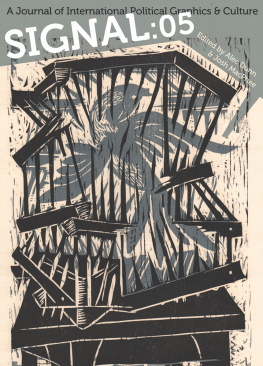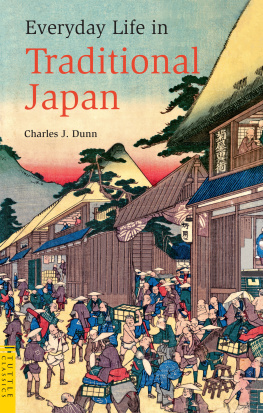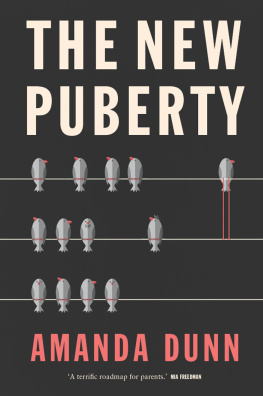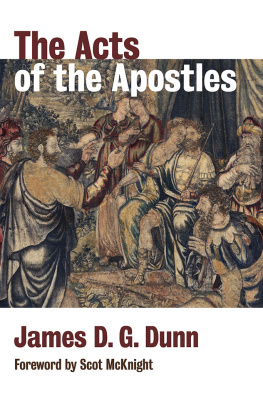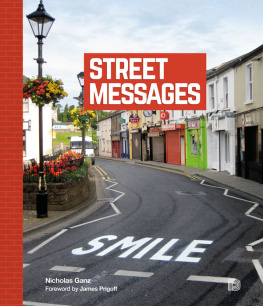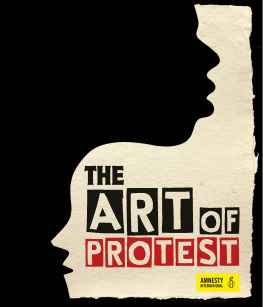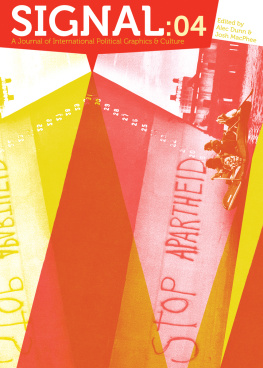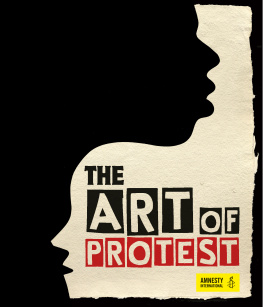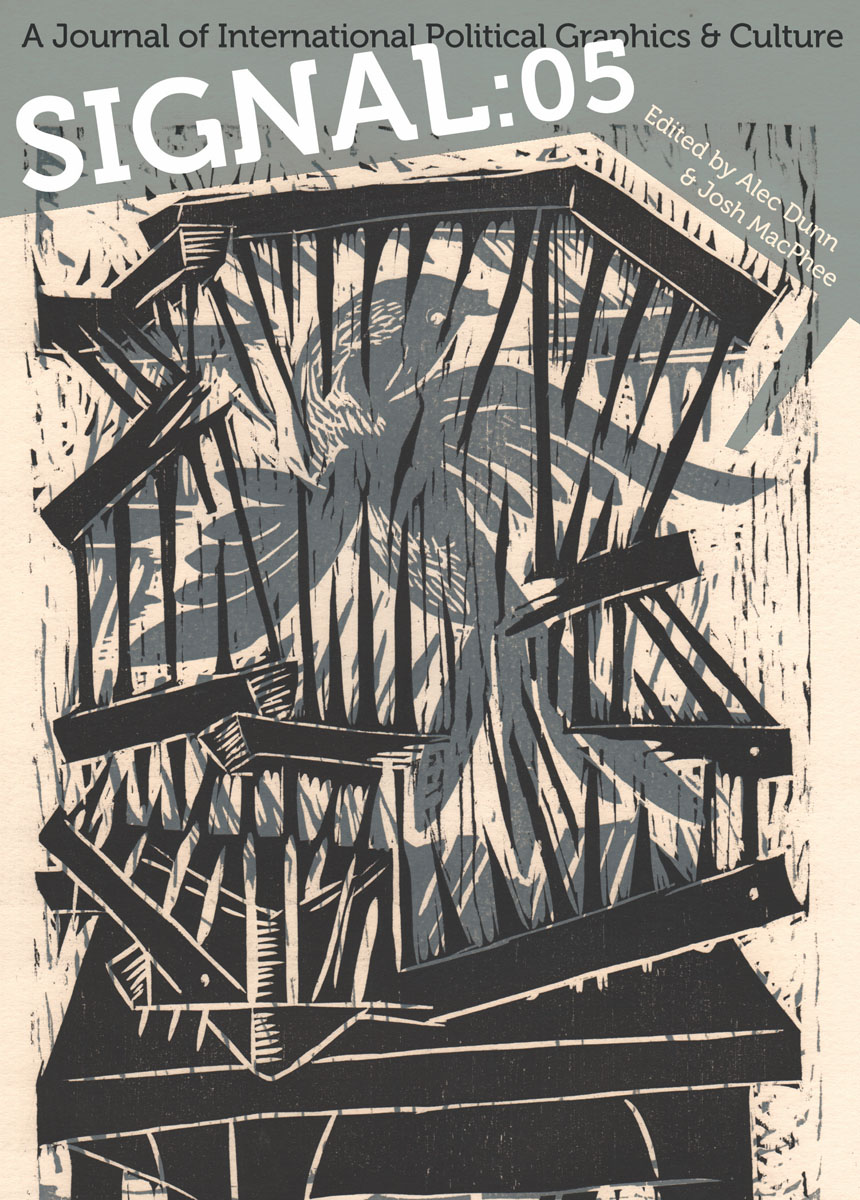

Signal:05 edited by Alec Dunn & Josh MacPhee 2016 PM Press
Individual copyright retained by the respective writers, artists, and designers.
ISBN: 978-1-62963-156-1
LCCN: 2016930976
PM Press, PO Box 23912, Oakland, CA 94623
www.pmpress.org
www.s1gnal.org
Design: Alec Dunn & Josh MacPhee/
AntumbraDesign.org
Cover image: Joaquin Arostegui, Estudio, woodblock printed at the Club de Grabado de Montevideo, 1967. Frontispiece: outside image is from the 1985 Club de Grabado de Montevideo Almanac; inset graphic by A3BC. Background image on this spread is a collection of political 7 record covers from 1960s/70s Italy. Image on following page spread: Alexander Apsits Internationale Pyramid, Soviet Union, 1918.
Printed in the United States.
Thanks to everyone who worked on this issue. Special thanks to Silvia Federici, Monica Johnson, Malav Kanuga, Keisuke Narita, Andrew Thompson, Interference Archive, Book Thug Nation,, and everyone at PM Press for their continuing support of this project.
Georgia Phillips-Amos unearths printmaking under dictatorship.
Alec Dunn interviews Friends of Ibn Firnas, A3BC, and the Pangrok Sulap collective.
Josh MacPhee interviews Paul Werner about the history of New York Citys Come!Unity Press.
Analyzing an enduring symbol of capitalism with Eric Triantifillou.
Marc Herbst looks at the intersection between movement design and the struggle for housing in Barcelona.
A trip through music and militancy in postwar Italy by Josh MacPhee.
SIGNAL
is an idea in motion.

The production of art and culture does not happen in a vacuum; it is not a neutral process. We dont ask the question of whether art should be instrumentalized toward political goals; the economic and social conditions we exist under attempt to marshal all material culture toward the maintenance of the way things are. Yet we also know that cultural production can also challenge capitalism, statecraft, patriarchy, and all the systems used to produce disparity. With Signal, we aspire to understand the complex ways that socially engaged cultural production affects us, our communities, our struggles, and our globe.
We welcome the submission of writing and visual cultural production for future issues. We are particularly interested in looking at the intersection of art and politics internationally, and assessments of how this intersection has functioned at various historical and geographical moments.
Signal can be reached at:

scar Ferrando, woodcut, image for February in the 1978 Almanac.
The Club de Grabado de Montevideo
Georgia Phillips-Amos
I dreamt I was going far away from here,
the sea was choppy,
waves black and white,
a dead wolf on the beach,
a log surfing,
flames in open seas.
Was there ever a city called Montevideo?
Christina Peri Rossi
I n Montevideo I searched for nothing in particular in mounds of flea market junk: acrid leather goods, discount bras, and little bottles of designer perfume. Then I started noticing recurring pages from small publications from the 1960s and 70s buried there. Moldering calendar months covered in poetry of utopian imagination, and poetry of exile, different from year to year. As loose pages of frayed paper they blended in easily, hidden beneath other lost things come apart. Commanding printed images of caged birds, flowers growing from layered barbed wire, a dove reaching with fingers instead of feathers, men meeting, looking suspicious and paranoid, all shared small references to a Club de Grabado de Montevideo (CGM). Together these fragments tell a history in woodcuts and screenprints of collectivized art-making, international socialist solidarity, and a radical vision for shared cultural production.
The following is the product of interviews with some of the surviving members of the CGM, as well as my own translations of archival interviews and of the texts contained within the prints themselves.

195368
The CGM printmaking collective existed between 1953 and 1993 in Uruguays capital city. In August of 1953 a building in the center of Montevideothe former studio of the painter Pedro Blanes Vialewas turned into club headquarters. Over time it became a public workshop for making woodcuts and linocuts. A forum for communal printmaking and a space for teaching and exhibiting work, the CGM was an independent local platform for participating in political, and aesthetic, conversations internationally.
Cultura Independiente
We affirm that in order to advance towards our first stage, which we see as the massive diffusion of printmaking as art form, we cant remain at the margins of the political social and cultural processes of our country (Uruguay), of Latin America, or of the world.
On the contrary, it is our duty to assume a combative, and fearless defense of civil liberties, to act in defense of a social justice that permits a just redistribution of resources and a respect for human rights.
Club de Grabado de Montevideo (1967 Almanac)
In 1949 the twenty-six-year-old artist Leonilda Gonzlez arrived in Paris to study in the studios of the cubist painters Andr Lothe and Fernand Lger (also a Communist Party member). In April of 1953 she attended the socialist Continental Congress of Culture, organized by Pablo Neruda in Santiago de Chile. Gonzlez connected with other Uruguayan artists while abroad, and came in contact with collective initiatives developing elsewhere in Latin America, such as the Taller de Grfica Popular from Mexico (founded in 1937), the Club de Grabado de Porto Alegre (founded in 1950) and the Club de Gravura de Bag (founded in 1951), both from Brazil. Upon her return to Montevideo, Gonzlez, together with Ada Rodrguez and Nicolas Loureirro, rented a space initially known as El Taller (The Workshop) where the CGM evolved into being. At the time, most young Uruguayan artists with the financial means to do so would go to Europe in order to be recognized at home. It was a great shift to establish a vibrant shared place for learning in Montevideo itself, with other collectives in Latin America as points of reference.

Hugo Alies, cover design for the 1968 Almanac, woodcut and offset lithography.

Susana Donas, woodcut, July/1968 Almanac

Gladys Afamado, woodcut, August/1968
Next page
